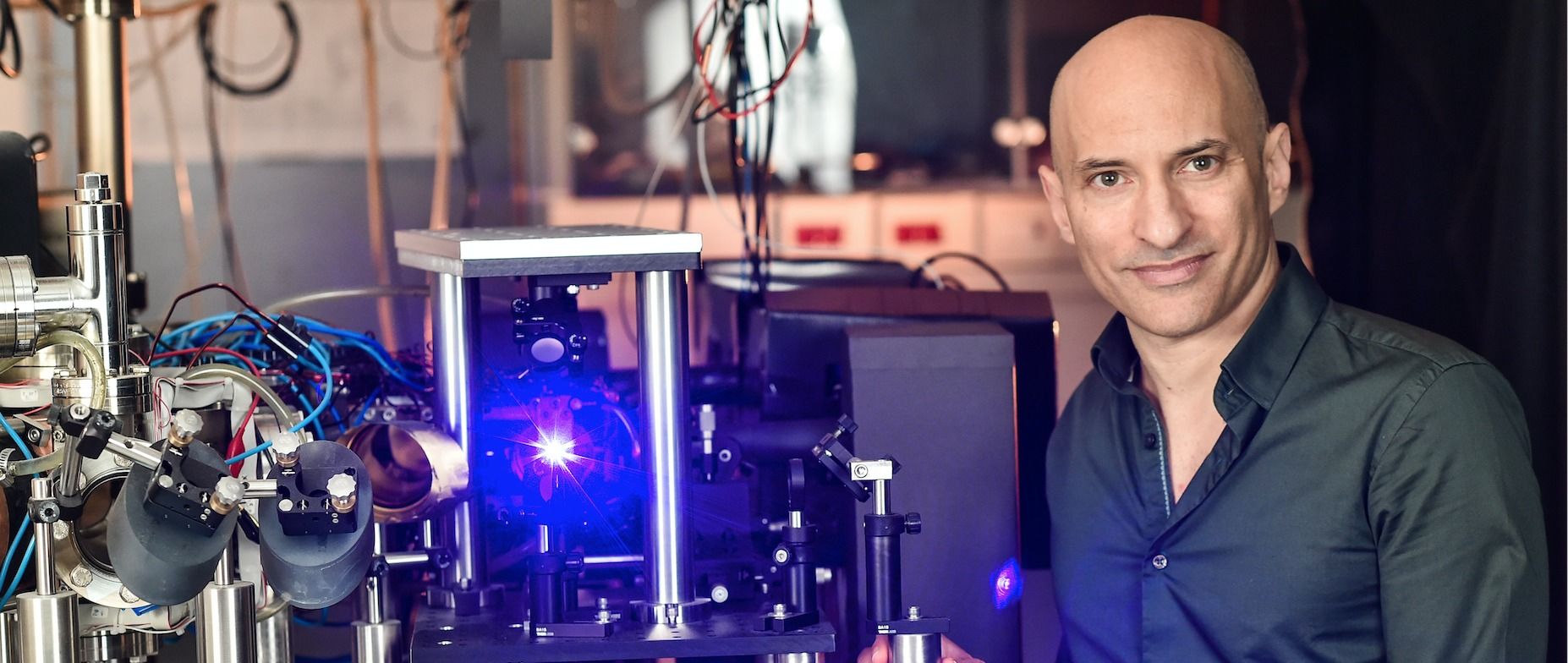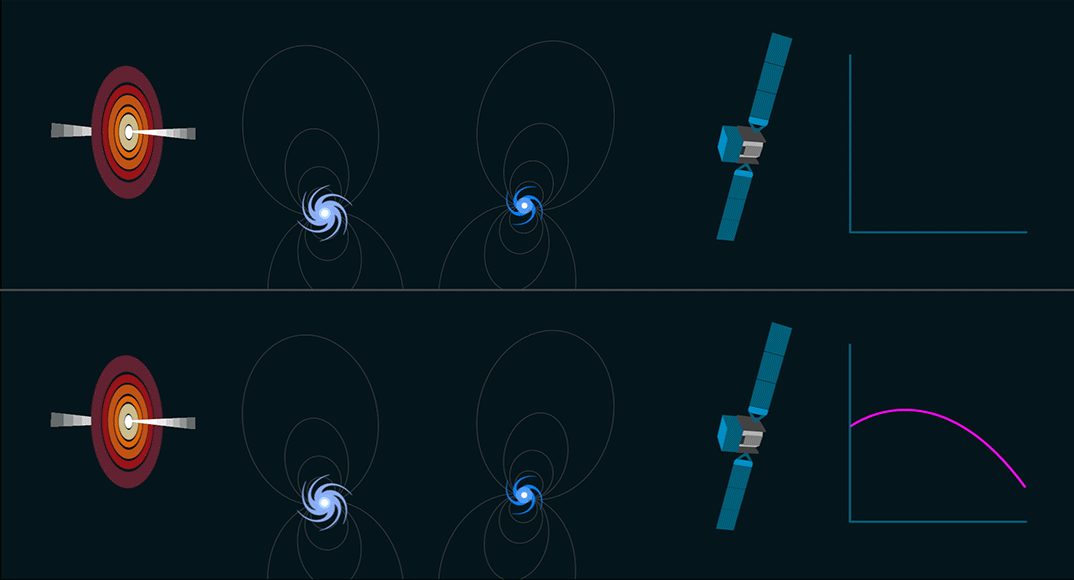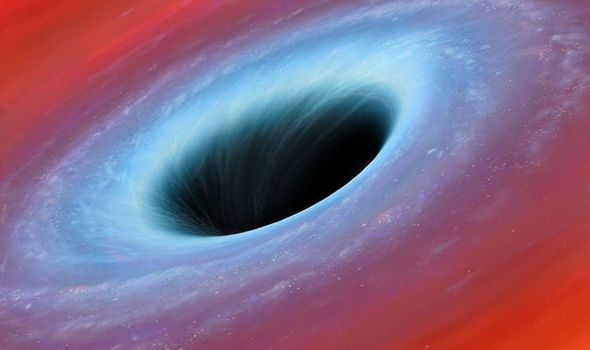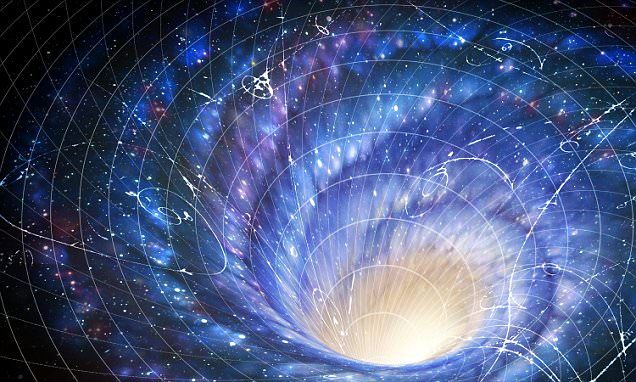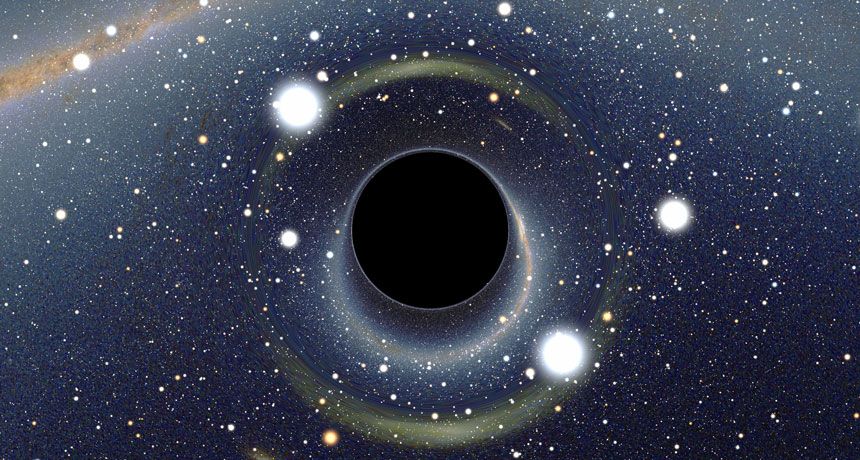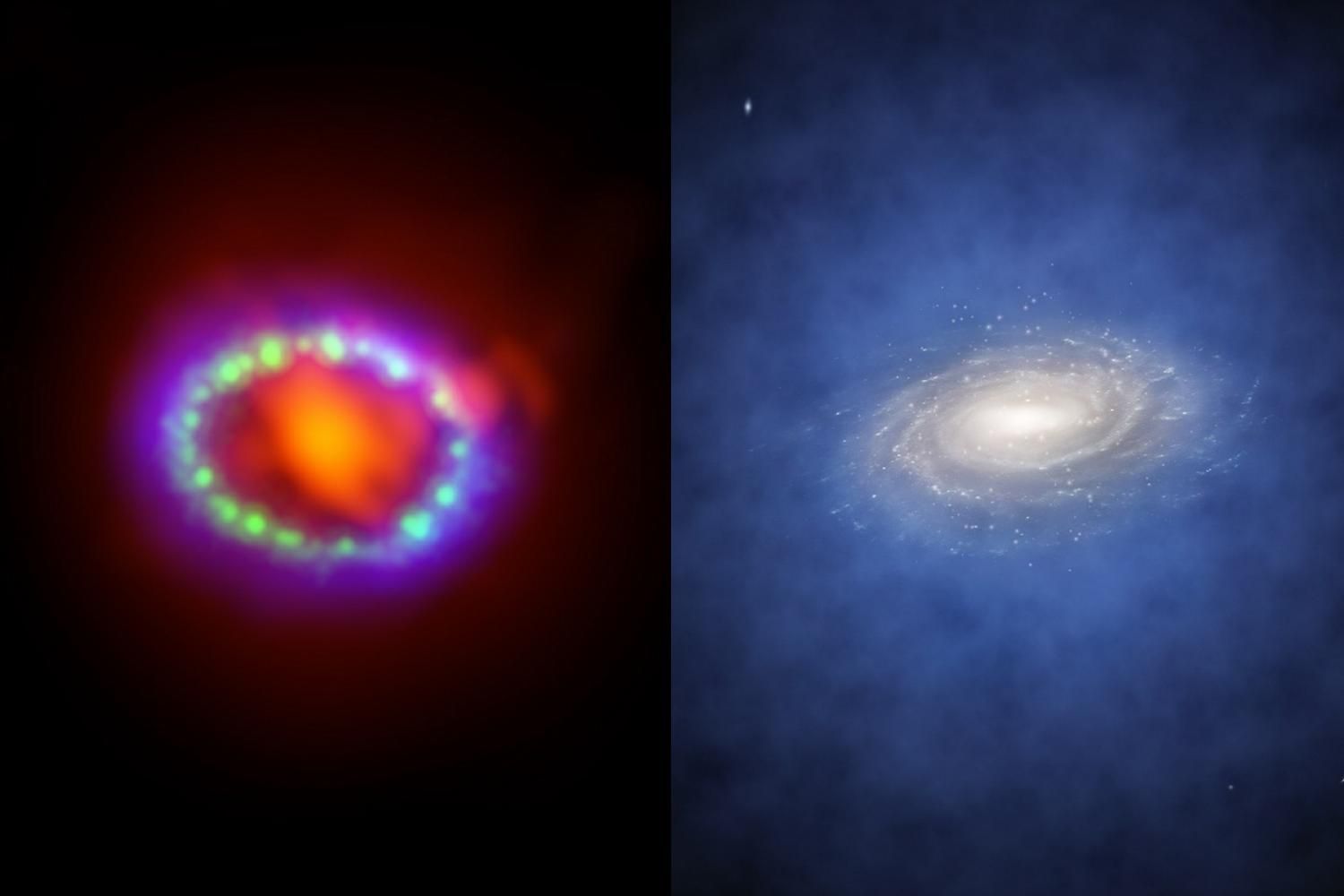Aug 15, 2016
Physicists confirm possible discovery of fifth force of nature
Posted by Andreas Matt in categories: cosmology, particle physics
Recent findings indicating the possible discovery of a previously unknown subatomic particle may be evidence of a fifth fundamental force of nature, according to a paper published in the journal Physical Review Letters by theoretical physicists at the University of California, Irvine.
“If true, it’s revolutionary,” said Jonathan Feng, professor of physics & astronomy. “For decades, we’ve known of four fundamental forces: gravitation, electromagnetism, and the strong and weak nuclear forces. If confirmed by further experiments, this discovery of a possible fifth force would completely change our understanding of the universe, with consequences for the unification of forces and dark matter.”
The UCI researchers came upon a mid-2015 study by experimental nuclear physicists at the Hungarian Academy of Sciences who were searching for “dark photons,” particles that would signify unseen dark matter, which physicists say makes up about 85 percent of the universe’s mass. The Hungarians’ work uncovered a radioactive decay anomaly that points to the existence of a light particle just 30 times heavier than an electron.

